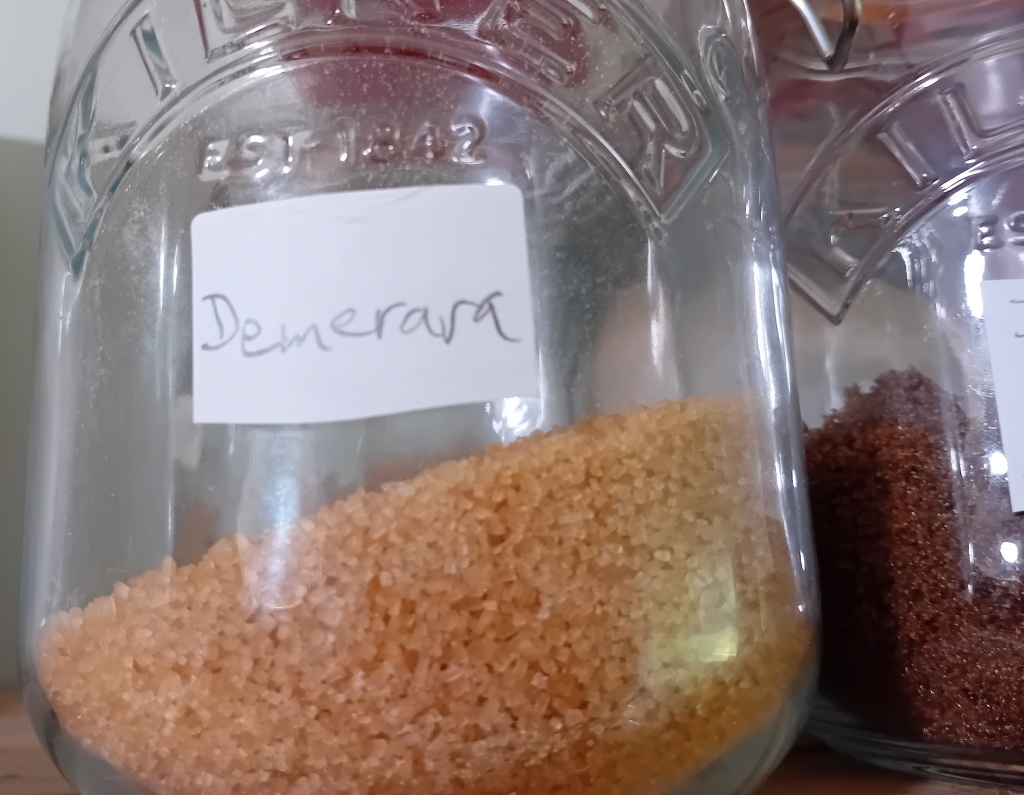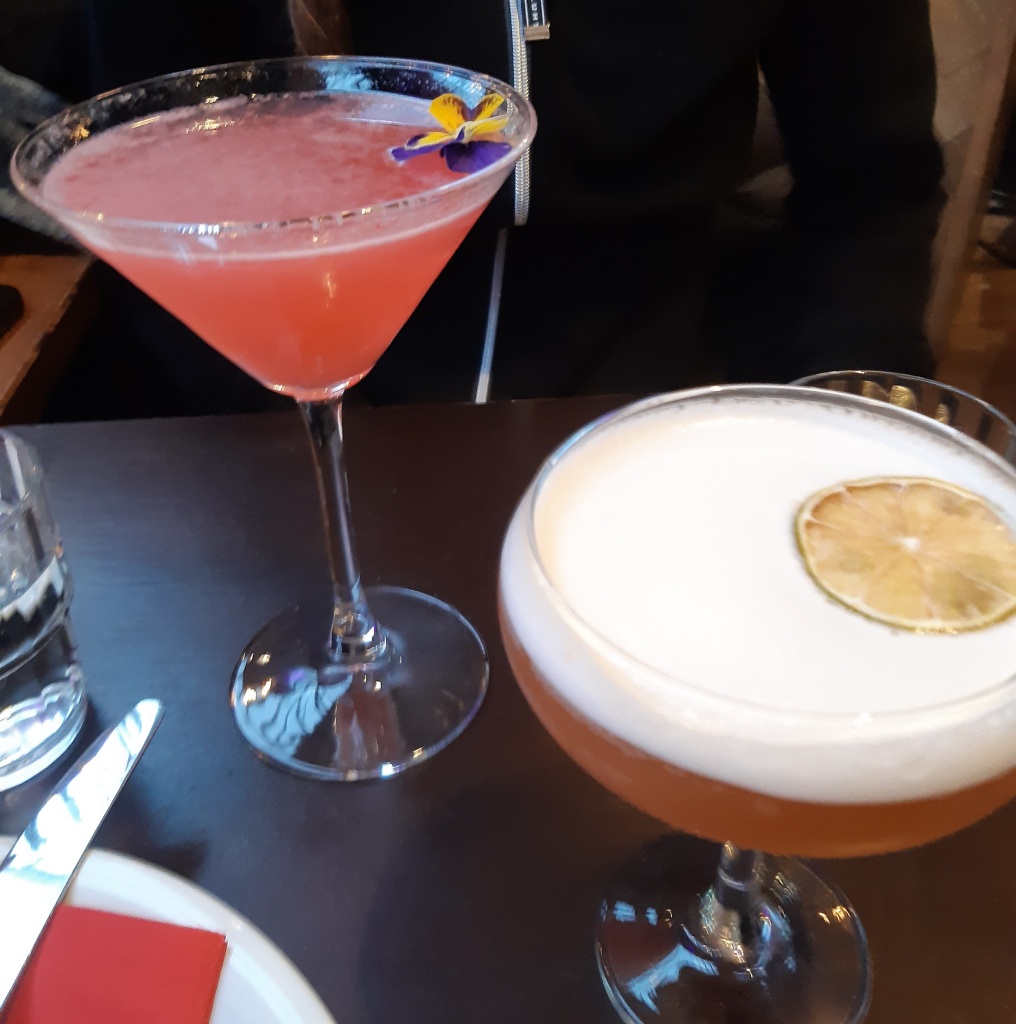Hello,
Let me tell you a story. Once upon a time a little girl was given a dictionary among her school books. Over the coming years she used that dictionary until it looked very shabby but it helped her to develop a love for reading and words which persists to this day. She was regularly accused of having “eaten the dictionary” by her classmates.
When, in 2009, she started a blog as a fun writing experiment, she decided on the history of unusual words as her topic. With time two themes emerged – nautical words and eponyms (dictionary words which originated as people’s names) and the idea of a book grew.
The first Wordfoolery book, “How To Get Your Name in the Dictionary”, arrived in 2018 and tells the stories of 260 soldiers, inventors, style icons, and villains who gave their names to the English language. From atlas to zeppelin English is full of words named for Greek gods, heroes and heroines, explorers, scientists, and chefs throughout world history.
The chapters cover food, Irish history, calendars, hats, inventions, words named after places, Greek gods, military history, politics, astronomy, fashion, popular phrases, villains, science, and more but what each story has in common is that the person’s life was extraordinary. You don’t get into the dictionary by being dull.
Some other eponyms which have featured on the blog include – guillotine, braille, celsius, rugby, curie, martinet, dumdum, magenta, cardigan, bowler hat, ferris wheel. They were all people (or places) and their lives were fascinating – women who defied convention to make great strides, inventors trying to make the world a better place, soldiers in grave danger. Read the book and you’ll think of them when you use their words.
One of my favourite rascals from the book is Casanova. Here’s his story from the book (note copyright Grace Tierney 2018) –
A casanova is a womaniser noted for his romantic adventures, typically with many partners. The term comes from Italian adventurer and author Giovanni Jacopo Casanova (1725-1798) whose biography reads like a work of fiction.
He was born in Venice, the son of an actor and actress. He was expelled at the age of 16 from a seminary for monks for his immoral behaviour and later, something of a dandy already, studied at the University of Padua and graduated with a degree in law. He took “minor orders” to become a monk while still a student and an inveterate gambler.
His first patron, an elderly Venetian senator, taught him about food, wine, and how to behave in society but drove him out when he discovered Casanova had already seduced the actress he had his eye on.
His second patron, a cardinal, set him to writing love letters on his behalf and introduced him to the Pope before dismissing him for scandal.
He joined the army but by the age of 21 he had abandoned that career for professional gambling and then work as a violinist. This didn’t last long. He saved the life of a nobleman, thus acquiring his third patron until a prank of his involving a fresh corpse went badly wrong and he had to flee the city.
He want on to live in many European cities, making and losing friends and money along the way. He worked as a preacher, philosopher, diplomat, gambler, spy, violinist, and broke hearts everywhere. He wrote plays and other works including science fiction. He met many of the celebrities of the day – Catherine the Great, King George III of England, Benjamin Franklin, Madame de Pompadour, Rousseau, Mozart, Voltaire, and Goethe.
His romantic dalliances were like the plot of an opera. He once escaped prison in the Doge’s palace by digging his way out of the roof with a priest, climbing down a bed sheet rope, and convincing a guard they’d been locked in by mistake at the end of a function.
He finally settled down in his fifties as a librarian to Count von Waldstein in Bohemia and wrote his twelve volume memoirs which were published 1826-1838.
{end of extract}
If you enjoy stories like these then pick up a copy of “How To Get Your Name in the Dictionary” by Grace Tierney in paperback or ebook from Amazon, or the many other stockists. All the places to buy it are listed on this page.
I’ll be talking about one of my books every day this week, so stay tuned for “Words the Sea Gave Us” tomorrow.
Until next time happy reading, writing, and wordfooling,
Grace (@Wordfoolery)
p.s. Want more Wordfoolery? Subscribe to the monthly newsletter “Wordfoolery Whispers”. Issue Three is due in mid-December. Don’t forget to click on the confirmation email.
p.p.s. I won NaNoWriMo 2023! My fifteenth win in a row with 60,129 words of “The Librarian’s Secret Diary” – my serialised story for Channillo, the reading platform.












